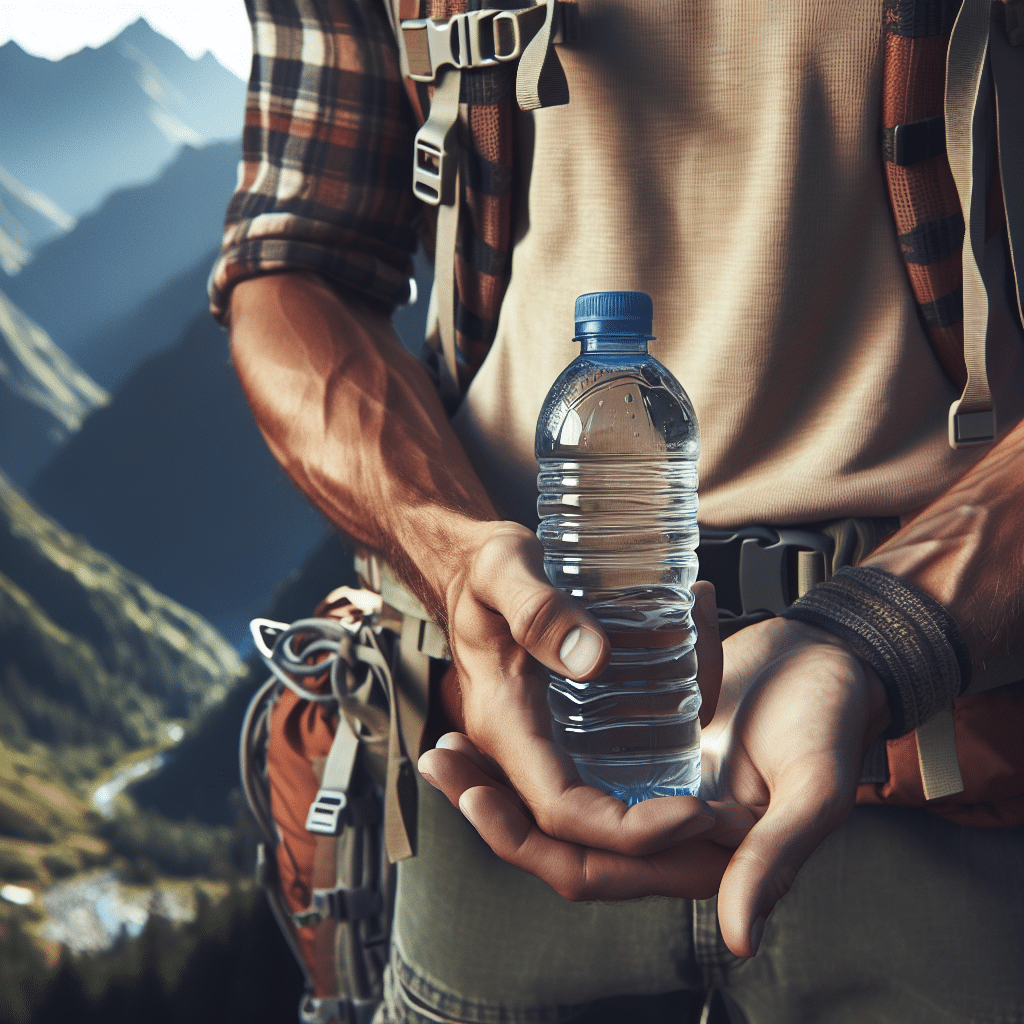The Importance of Hydration for Backpackers
Understanding Hydration Needs
Hydration is crucial for backpackers, as water is vital for maintaining energy, preventing fatigue, and ensuring overall health during strenuous activities. The human body is about 60% water, and it loses fluids through sweat, respiration, and urine. When hiking at high altitudes or during hot weather, the water loss can increase significantly. It is essential to understand personal hydration needs, typically ranging from 2 to 3 liters of water per day, depending on the intensity of the hike, temperature, and individual body weight.
Signs of Dehydration
Recognizing the signs of dehydration is crucial. Symptoms may include:
- Thirst
- Dry mouth and throat
- Fatigue
- Dark yellow urine
- Dizziness or light-headedness
- Dry skin
Addressing these symptoms quickly is essential to avoid more severe consequences, such as heat exhaustion or heat stroke.
Water Sources and Safety
Finding Water Sources
While trekking, identifying reliable water sources such as rivers, streams, lakes, or ponds is vital for maintaining hydration. Always carry a map and consult trail guides to pinpoint available water locations along your route.
Water Purification Methods
Before consuming water from natural sources, it’s important to treat it to avoid waterborne illnesses. Common purification methods include:
- Boiling: Bringing water to a rolling boil for at least one minute effectively kills harmful pathogens.
- Chemical Treatment: Using tablets or drops that contain iodine or chlorine can disinfect water. Follow package instructions for proper dosage.
- Filtration: Portable water filters remove bacteria and protozoa. Choose models with a pore size of 0.2 microns or smaller for maximum effectiveness.
Optimizing Weight for Backpacking
Balancing Hydration and Weight
One of the biggest challenges backpackers face is striking a balance between carrying enough water and minimizing pack weight. Water weighs approximately 2.2 pounds per liter, necessitating careful planning. Here are some tips to maintain the right balance:
- Plan Water Stops: Research water sources along your route and refill your water supply at designated points. This planning can help reduce the amount of water carried at any one time.
- Use Lightweight Gear: Invest in lightweight hydration bladders or collapsible water bottles. These options are often more convenient and take up less space when not filled.
- Incremental Drinking: Sip water regularly instead of consuming large amounts infrequently. This approach allows you to maintain hydration without overburdening your pack with extra water.
Hydration Strategies During Hikes
Hydration Packs vs. Bottles
Hydration packs are popular among backpackers for their convenience. They allow for hands-free drinking while walking, helping maintain fluid intake. Conversely, traditional bottles may enable better control of water consumption, especially if hiking with companions. Evaluate personal preferences when choosing between these options.
Electrolyte Management
In addition to water, maintaining electrolyte balance is essential for hydration. Electrolytes, such as sodium, potassium, and magnesium, help regulate bodily functions. When sweating profusely, replenishing these minerals can prevent cramping and fatigue. Add electrolyte tablets to your water or consume sports drinks, keeping in mind their weight impact.
Food and Hydration
Choosing the Right Snacks
The foods consumed can influence hydration levels as well. Opt for snacks that contain high water content, such as:
- Fresh fruits (e.g., oranges, apples)
- Vegetables (e.g., cucumbers, bell peppers)
- Soups or stews if cooking is feasible
- Trail mixes with dried fruits
Each of these options not only provides necessary nutrients but also contributes to overall hydration.
The Impact of Altitude and Temperature
Altitude Considerations
Backpackers at high altitudes often experience increased fluid loss due to arid conditions and changes in breathing patterns. Therefore, adjust fluid intake and consider increasing daily water consumption to 3-4 liters. Monitor urine color to ensure adequate hydration levels.
Weather Variability
Hot, dry conditions may also necessitate increased hydration. To compensate for higher temperatures, carry additional water and drink regularly. In contrast, during colder conditions, backpackers may not feel the same level of thirst, which can lead to under-hydration. Regardless of temperature, hydration should remain a priority.
Monitoring Hydration and Weight
Hydration Packs with Integrated Monitoring Systems
Technology has made it easier for backpackers to manage hydration and weight. Some hydration packs come with integrated hydration monitoring systems that alert users when they need to drink. This feature can be beneficial for those prone to losing track of their water intake.
Weight Scales and Smart Packing Techniques
Utilize digital scales for weighing gear and food before heading out. Prioritize lightweight essentials, weighing every item to make informed decisions on what to carry. Embrace techniques such as packing only necessary items and employing multi-functional gear to minimize overall weight while ensuring hydration needs are met.
Conclusion on Hydration and Weight Management
Balancing hydration and weight is an integral part of successful backpacking. Through careful planning, awareness of body needs, and strategic choices regarding gear and food, backpackers can optimize their experiences in nature. Always remember to listen to your body, stay informed about your environment, and adjust hydration strategies as needed. Staying hydrated while managing weight effectively can foster an enjoyable and safe backpacking adventure.
